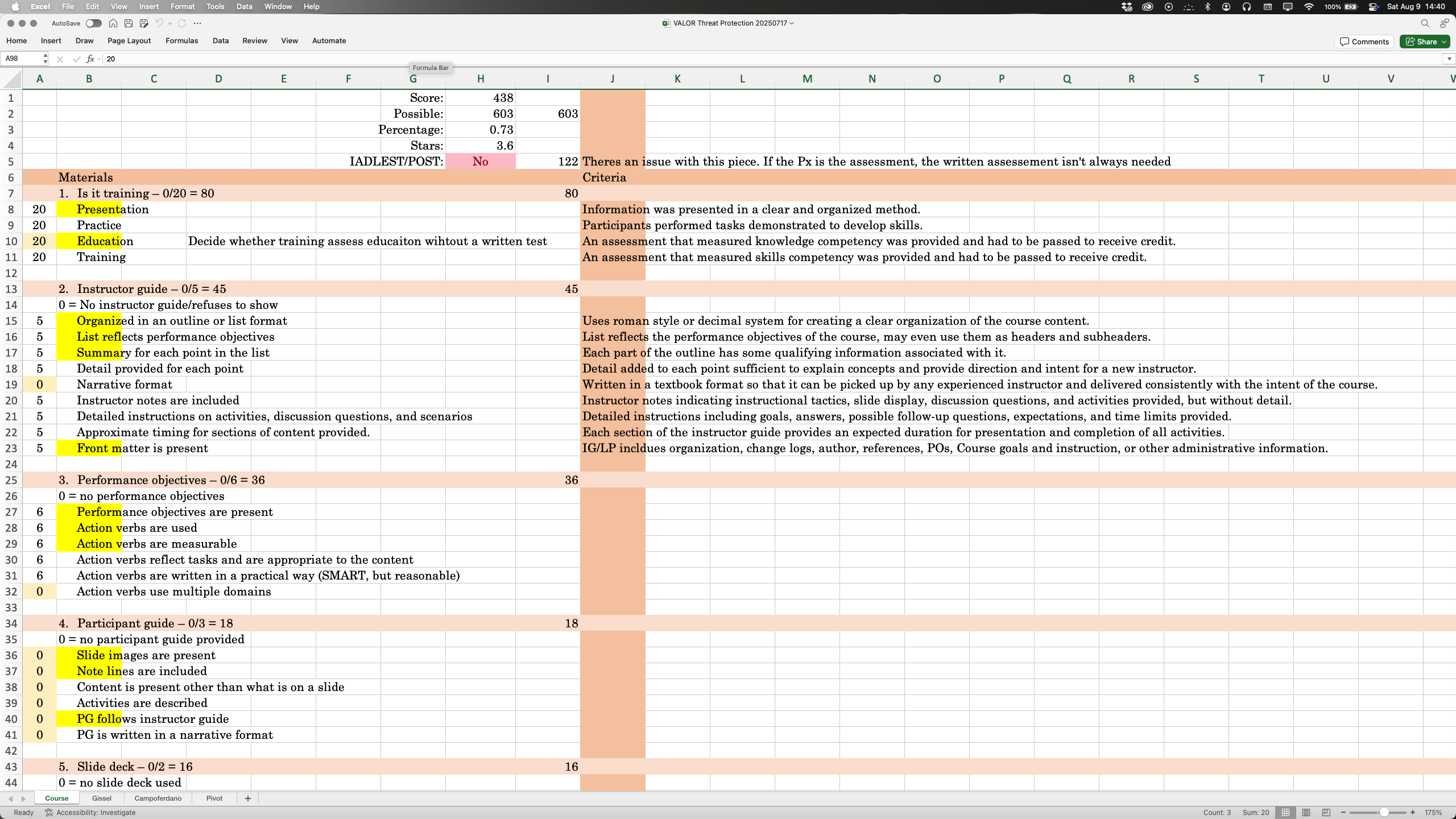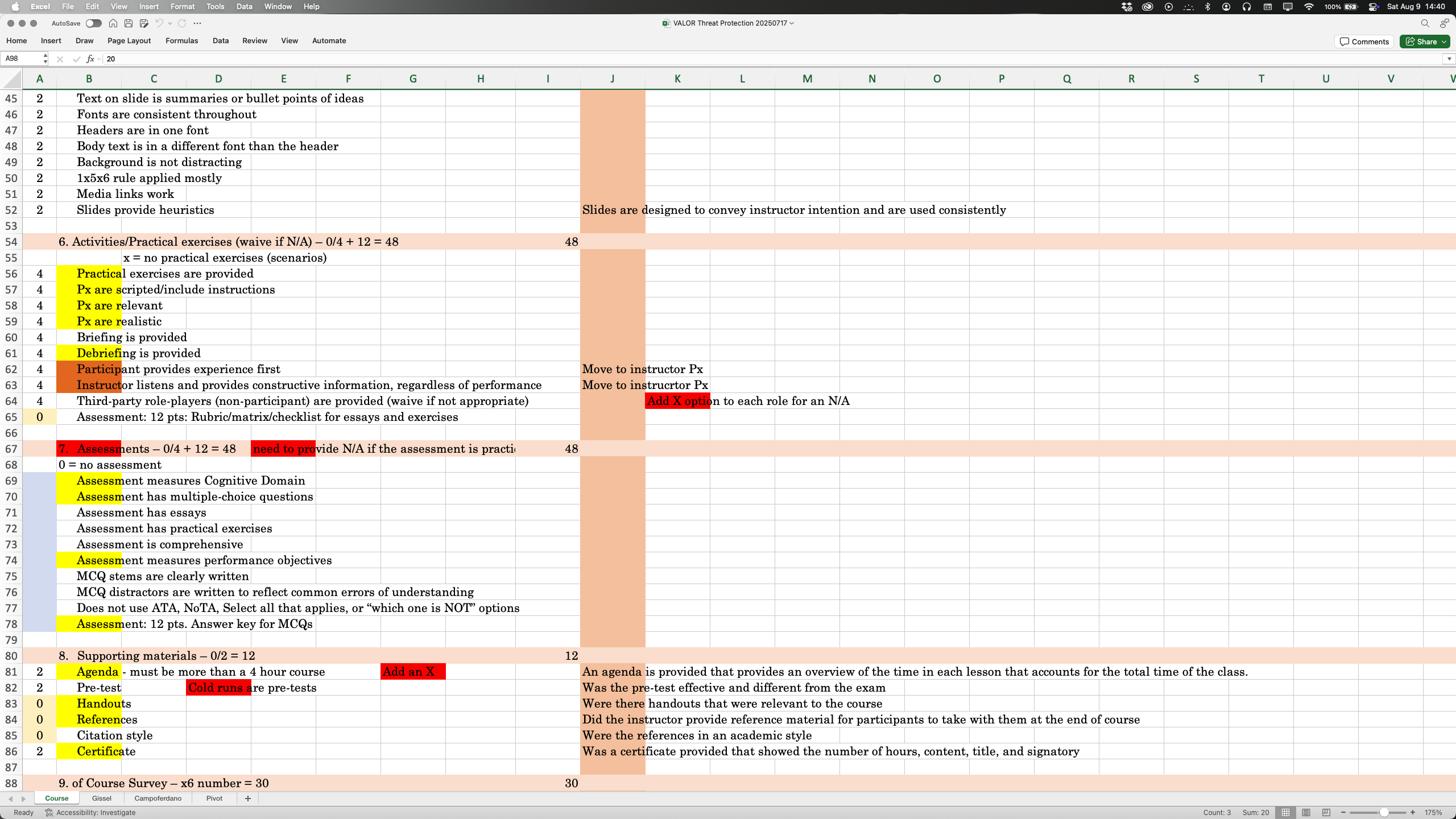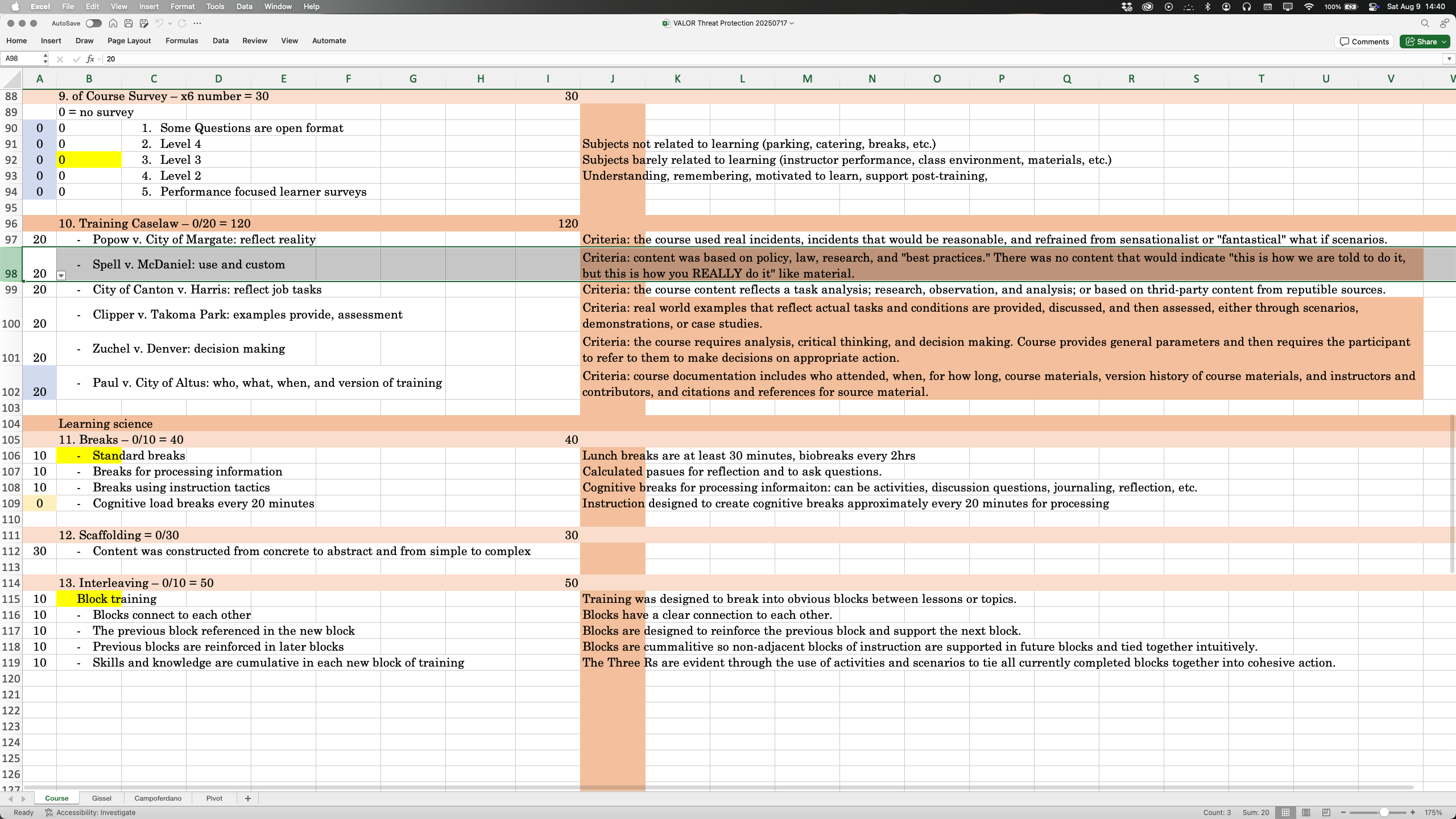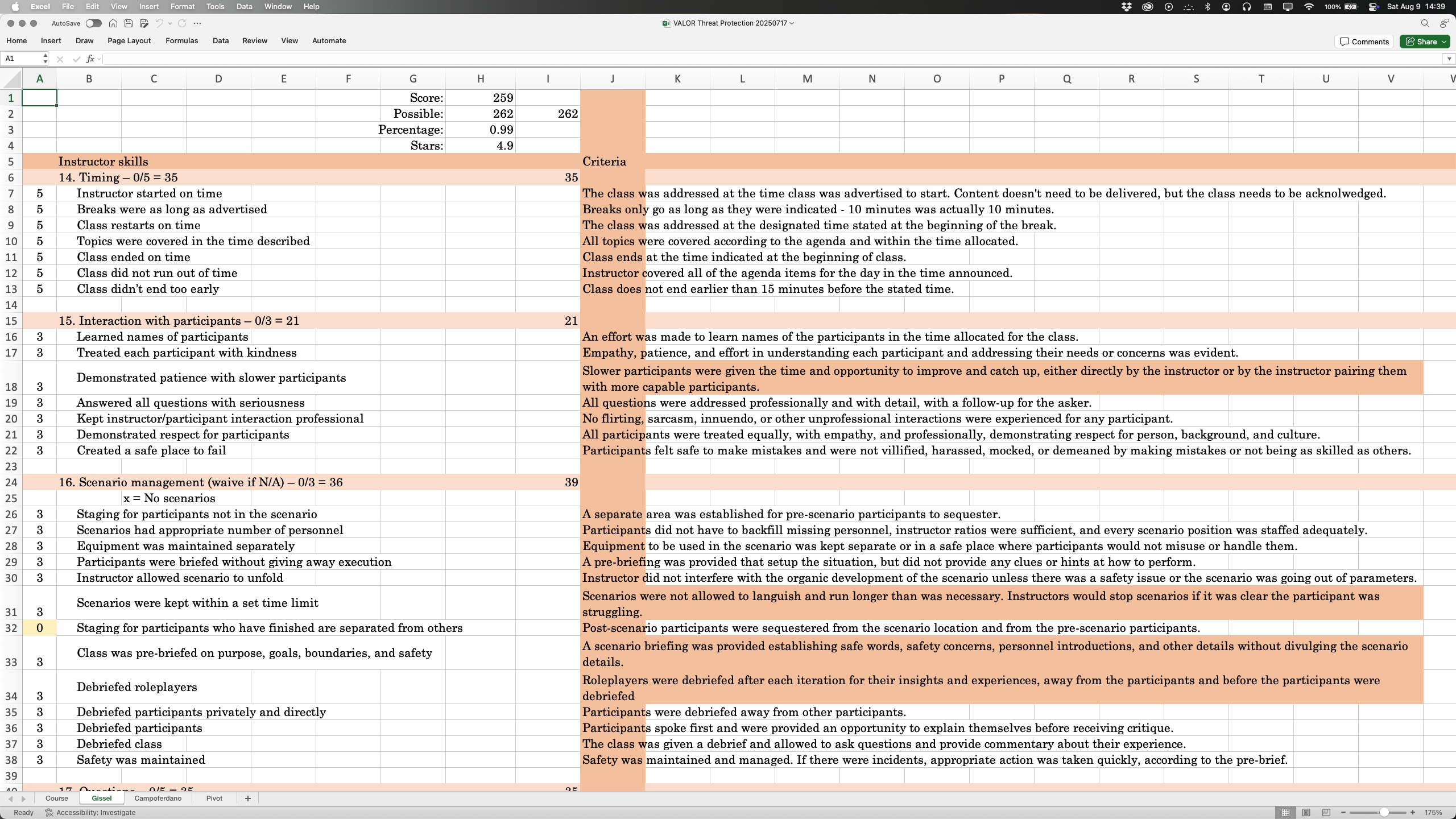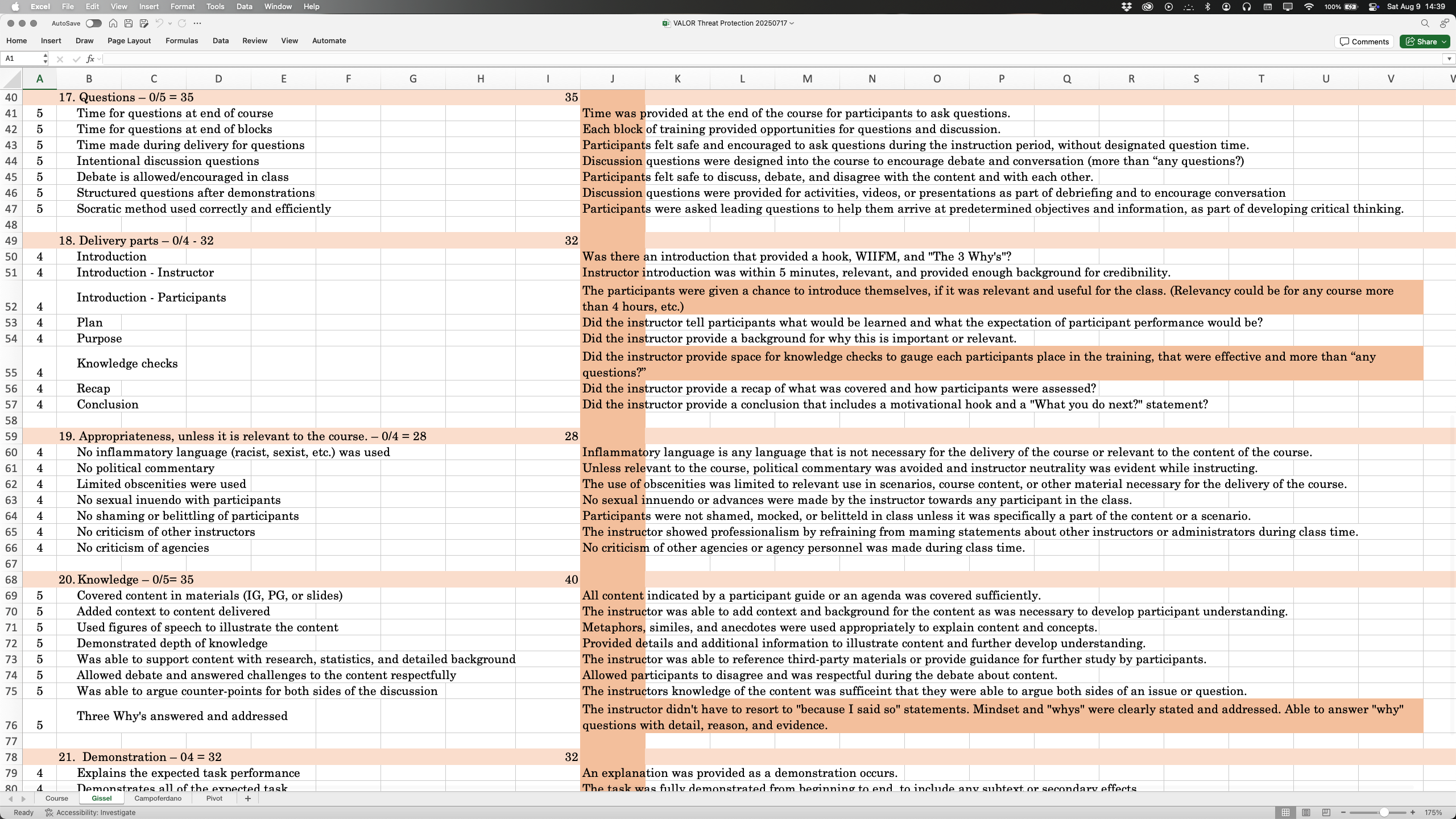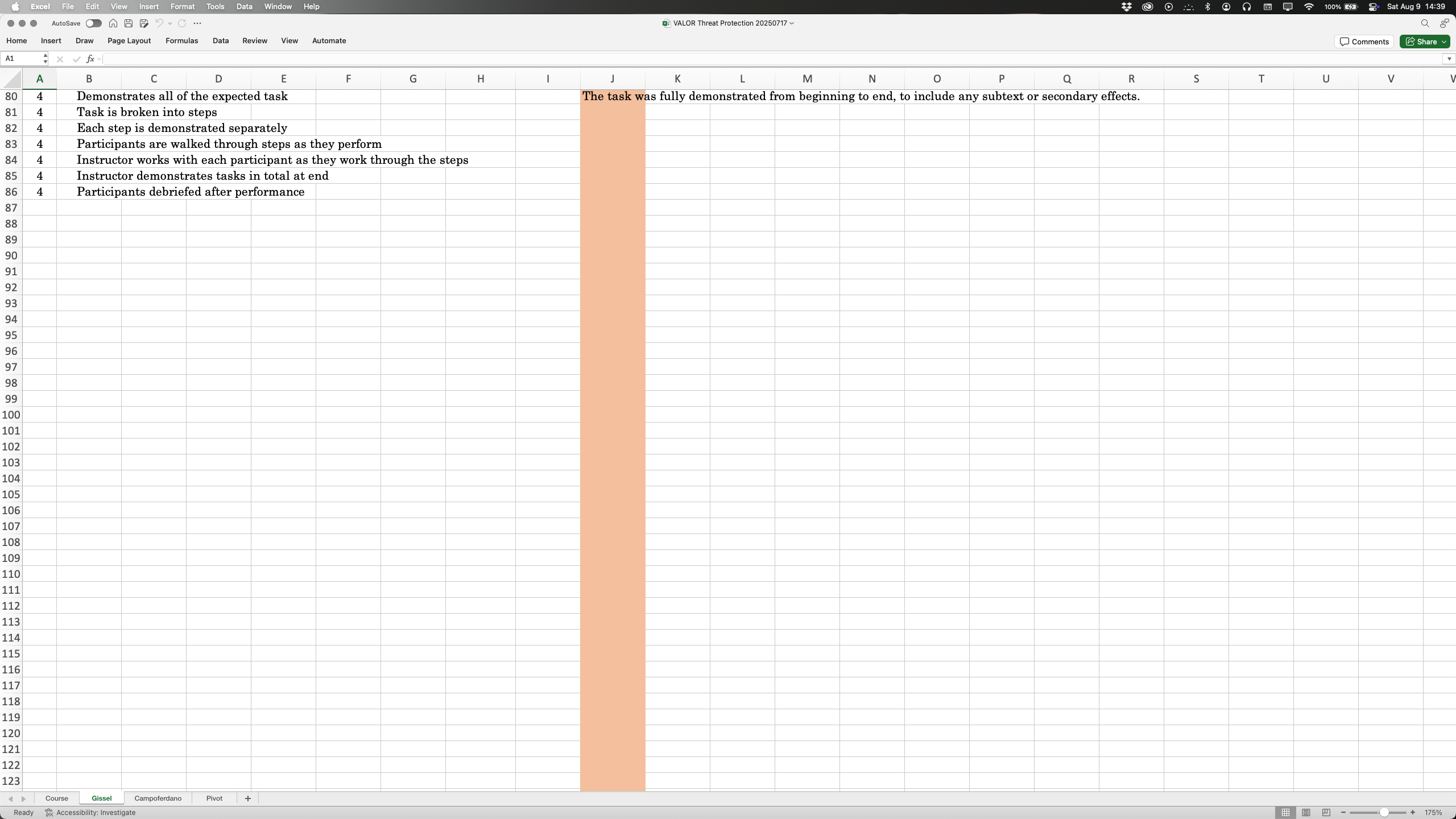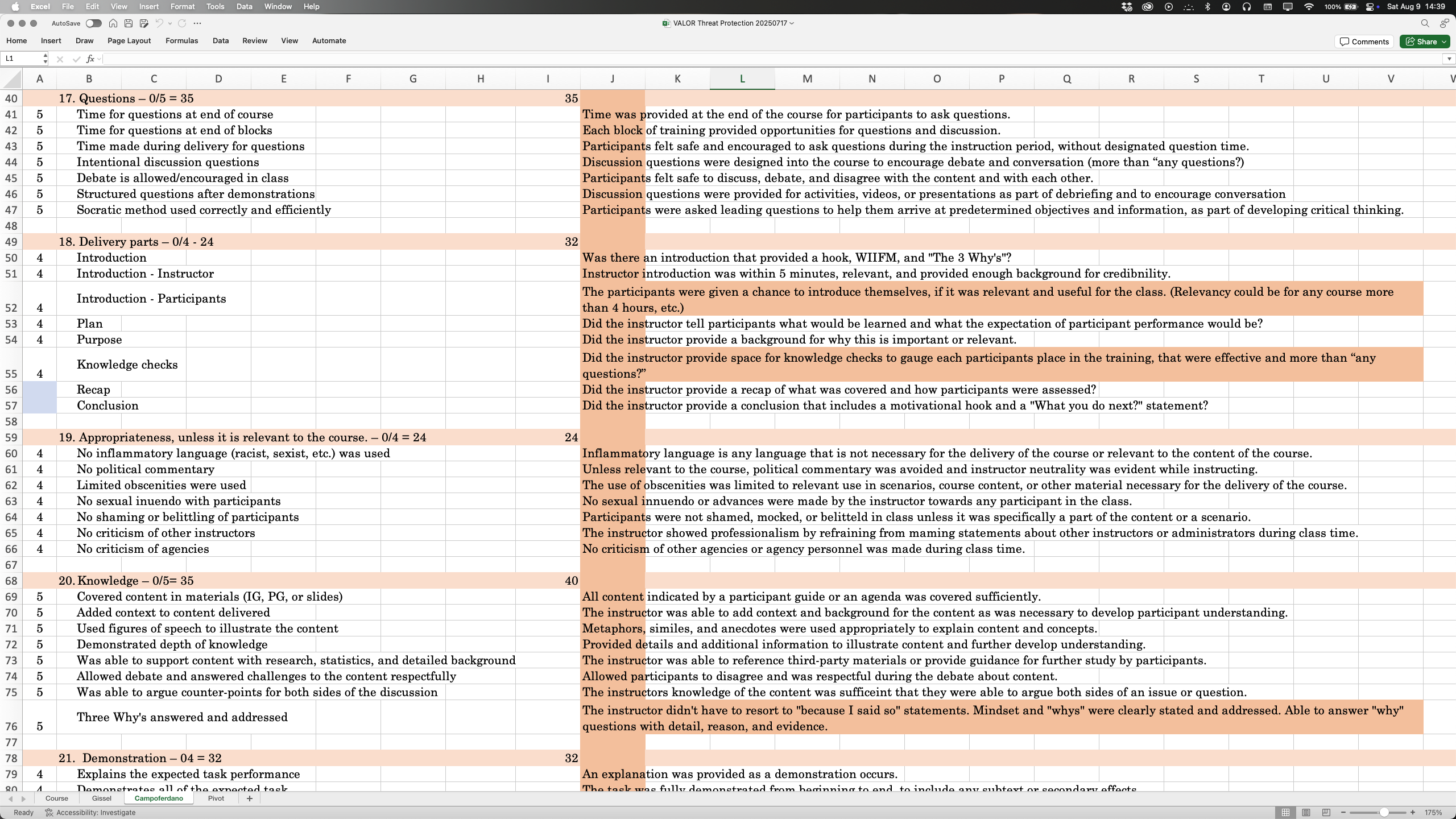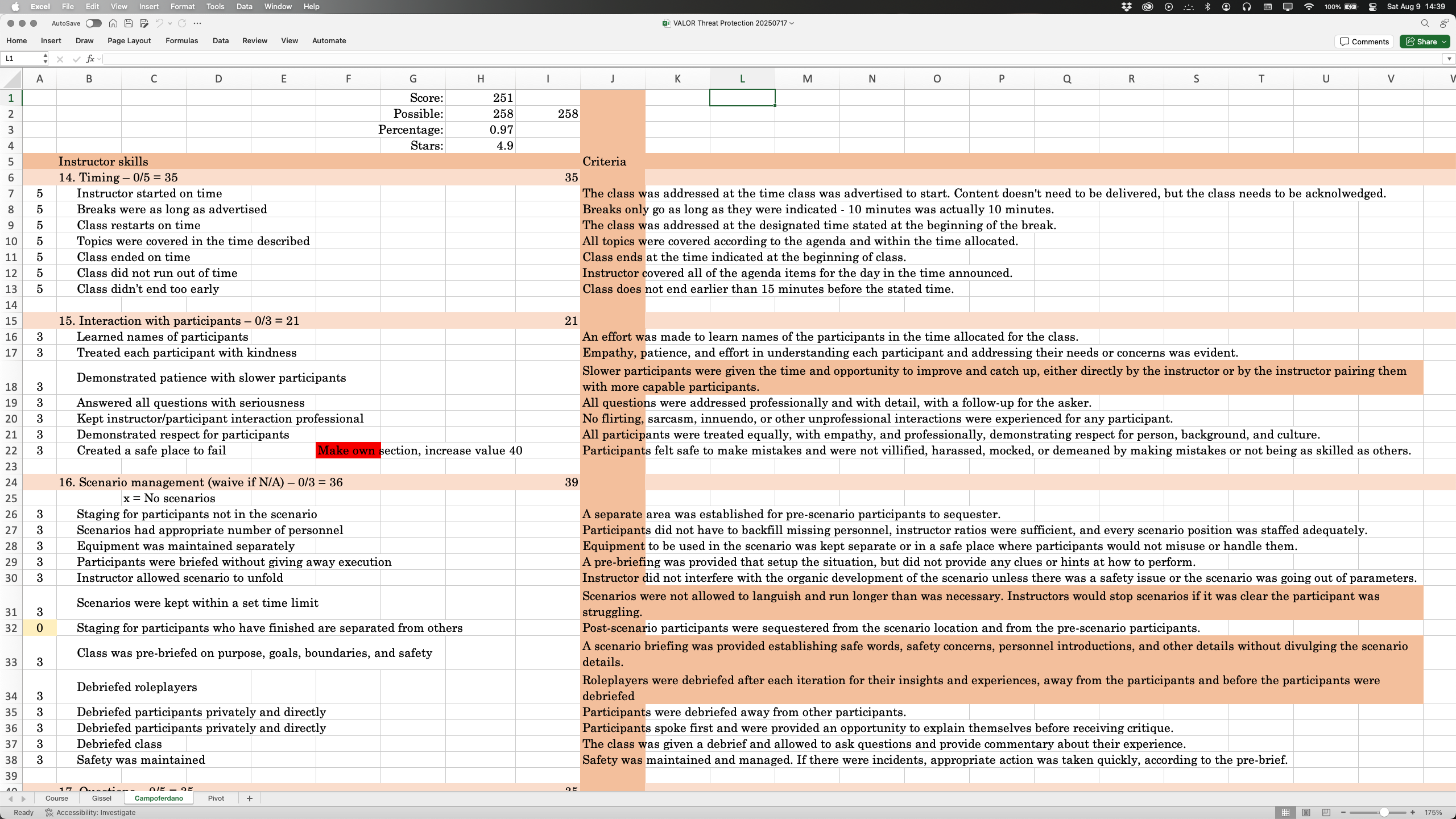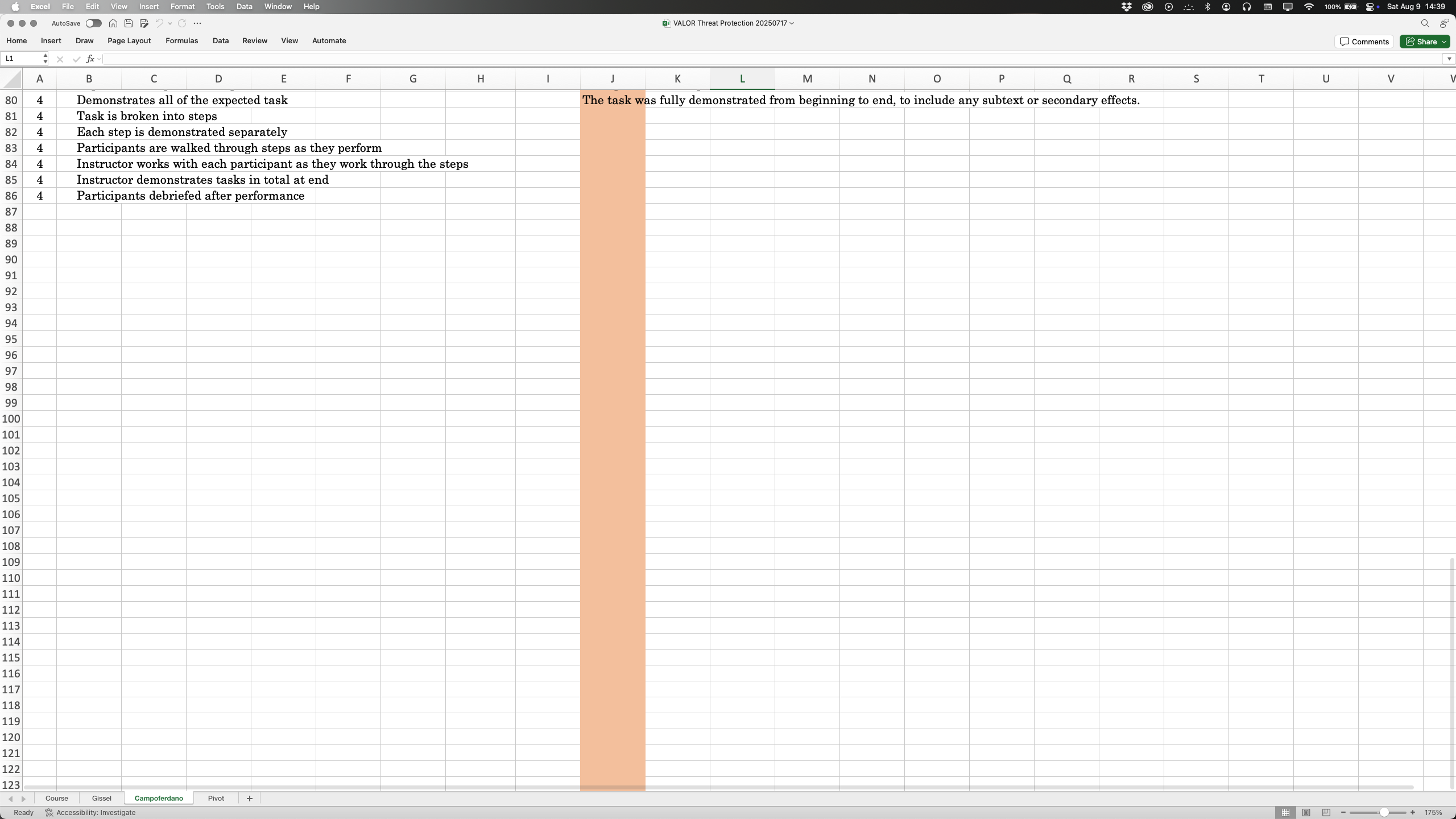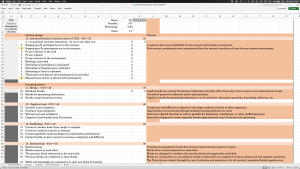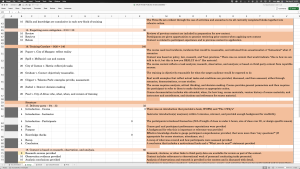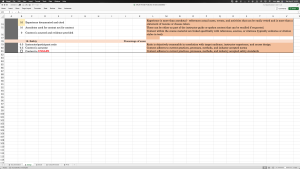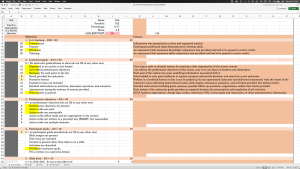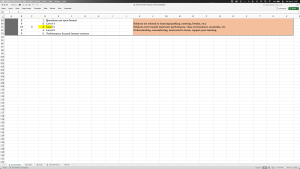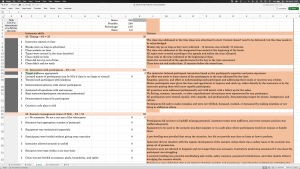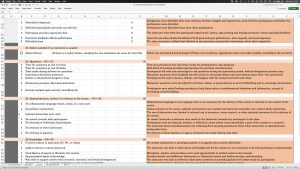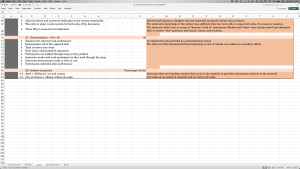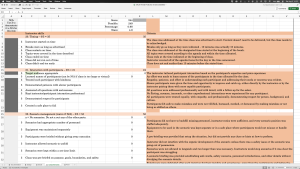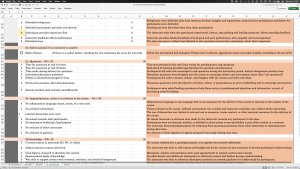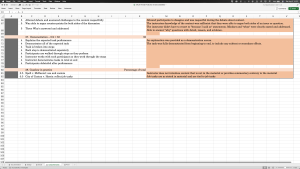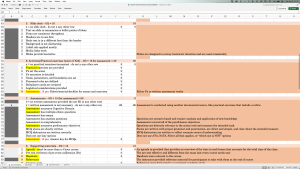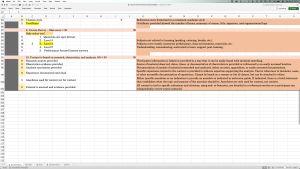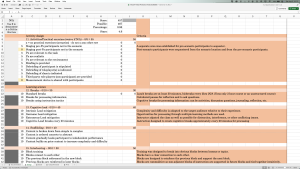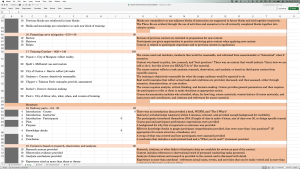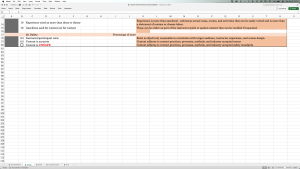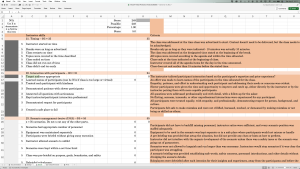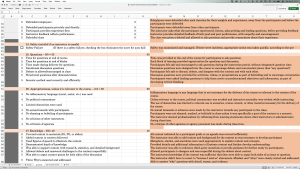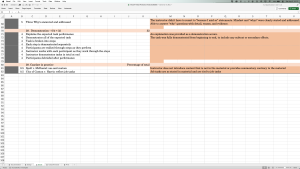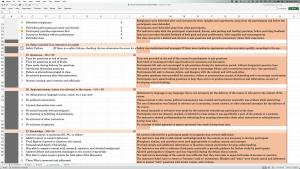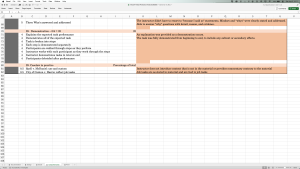In my book, Creating Training for Law Enforcement, a key point I emphasize is that training materials are living documents that need regular updating. The two most important documents to regularly maintain and update are the Instructor Guide (IG) and your assessment materials. Before you can really know if your IG and assessments are actually delivering what you expect, you need to put it all through something called “validation.”
Validation is putting your materials through stress testing to make sure they are accomplishing their goals – your IG to make sure the timing, delivery, activities, and content meet the goals of the course and assessments that they are measuring what you intend to measure.
This is something I learned in the military, and I am a firm proponent of all courses being validated before they are presented to the public. All of my courses are validated before I promote them heavily, as all training, especially law enforcement training, should be.
There has been a lot of interest in the Training Evaluation Program I am starting. It has taken a lot longer than I had hoped to get to the point of validating the first course with my initial rubric, but I trust the process. I finished the first iteration of the rubric in January of 2025, reviewed it several times and made sure I had criteria and objectives firmly in place.
I then had six people I trust go through it and provide their feedback. I ended up making a number of changes and some of the feedback actually caused me to consider the basic philosophy of what I am ultimately trying to achieve here. It was all good stuff. I am fortunate to have people I trust to tell me the truth and attack the weakness of my materials honestly. I wouldn’t have it any other way.
So with confidence I had a pretty dialed-in rubric already, I attended Valor Threat Protection’s course “Lone Protector – Solo Active Shooter Response” (the review is here). The CEO, Jamie Gissel, volunteered his course as one of the validation points. I attended his course without him having reviewed or seen the first version of the rubric because I wanted a blind review. Future validations will have the benefit of seeing the results of this first validation, Jamie did not.
This was intentional – I didn’t want to “poison the well” if the rubric was way off and have him adjust training to a rubric that was flawed, in case it was.
And it definitely was.
This is why validation is necessary – every plan is perfect until the first shot is fired.
The result of the first rubric (image 1) was way off what my experience said it should be. I have attended hundreds of courses in multiple industries and have reviewed hundreds of courses, over 60 for a national certification program.


